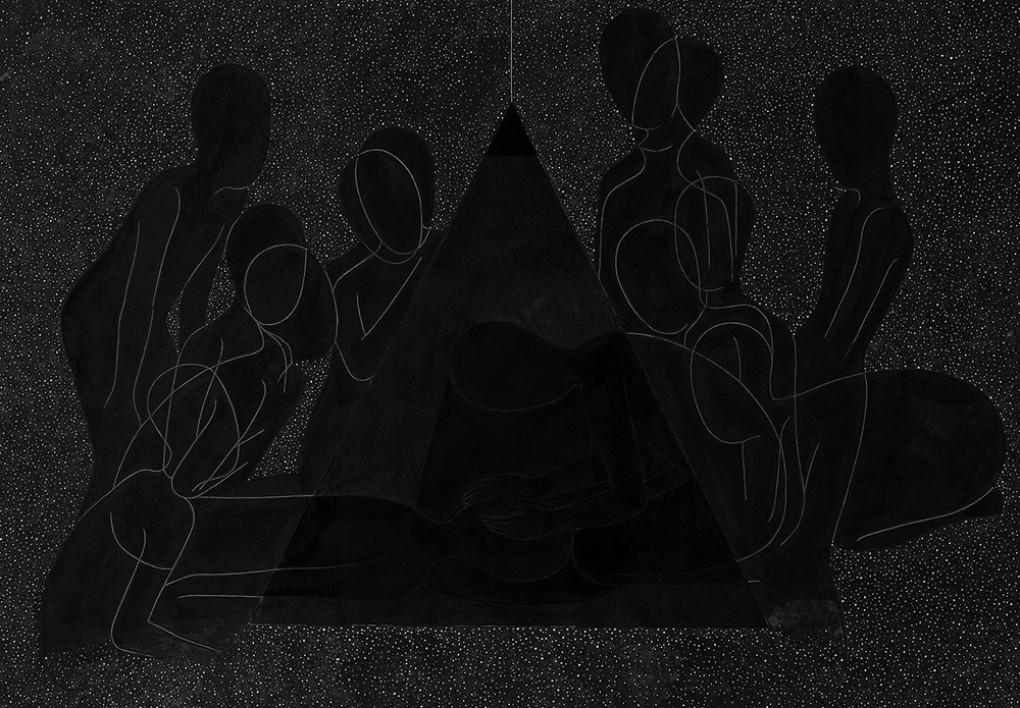If you’ve watched Noah Baumbach’s Frances Ha (2012) on Netflix, you may recall the film as a thoughtful, visually-delicious étude of modern love in the form of friendship.
Sometimes, the internet, like Netflix, is a wonderful thing.
Detailing another love story, equal parts charming and beautiful, is Dear Data: a year-long, analog data drawing project by Giorgia Lupi and Stefani Posavec.
In Dear Data, Giorgia and Stefani collect data on day-to-day living. Weekly, they record their data as they experience it, parameterized by a typical component or theme of human experience. These themes range from the amusing and commonplace — “A Week of Swearing” — to the not-so-easily quantifiable — “A Week of Negative Thoughts.” At week’s end, the women translate their data into analog drawings on postcard-sized pieces of paper. They slot these postcards into the mail and send oversees until they arrive “at the other person’s address with all the scuff marks of its journey over the ocean: a type of “slow data” transmission.”
- Week 07, A Week of Complaints
- Week 41, A Week of Music
- Week 25, A Week of Friends
- Week 40, A Week of Meeting New People
On their website, Giorgia and Stefanie describe the method behind Dear Data:
By creating and sending the data visualizations using analogue instead of digital means, we are really just doing what artists have done for ages, which is sketch and try to capture the essence of the life happening around them. However, as we are sketching life in the modern digital age, life also includes everything that is counted, computed, and measured.
We are trying to capture the life unfolding around us, but instead we are capturing this life through sketching the hidden patterns found within our data.
So far we’re having a lot of fun while we learn about our own and each other’s lives – and we’re also trying to get better at drawing in the process
We’ve also noticed that the data collection and visualization process has become a sort of performance and ritual in our lives, affecting our days and weeks, and inherently changing our behaviour.
But really, we also started this project to show how “data” is not scary, is not necessarily “big”, and that you need to know almost nothing about data to start collecting and representing it (just a pencil, a notebook and a postcard!)
The schematic link between Dear Data and Frances Ha? Besides standing on their own as spectacular projects, the two share narrative similarities. This is exciting within the realm of trans-media storytelling because the two projects treat time in a similar way.
In Frances Ha, scenes are vignettes for Baumbach’s protagonist; chapters can be seen as keyholes into character, revealing aspects of Frances Ha’s emotional architecture.
In Dear Data, one week’s data project is eclipsed by next week’s data project. There are no new developments to old data, except for a more accurate “sum-total” understanding of the artist — the woman — behind the data.
In each story, we gain insight and understanding though accumulation, rather than through continuation.
And what does this mean in trans-media storytelling? Well, for one, a more varied and colorful rhetoric — even if portrayed in black and white.






